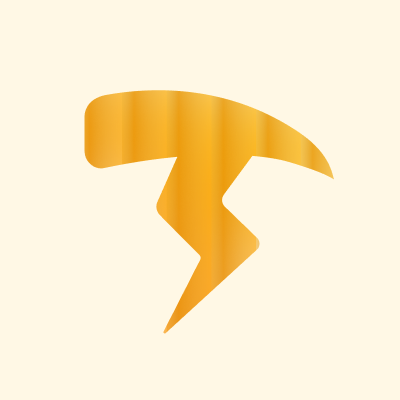introduction
The tokenization of real-world assets (RWAs) is reshaping the global financial landscape.
By converting traditional assets such as real estate, bonds, and commodities into digital tokens on the blockchain, RWA significantly improves asset liquidity, lowers investment barriers, and provides unprecedented opportunities for global investors.
The rise of RWA is not only a breakthrough in blockchain technology, but also a milestone in the integration of traditional finance and crypto economy. From MakerDAOs issuance of DAI stablecoins by pledging US Treasury bonds to BlackRocks tokenization of fund shares, this movement is evolving into an experiment in the value integration of institutional capital and crypto-native protocols.
This report systematically reviews the differentiated landscape in the RWA ecosystem in 2025, focusing on its main categories and representative projects, to help everyone understand the current status of industry development and quickly find reference projects.
The report is about 10,000 words and is expected to take 10 minutes to read (This report is produced by DePINOne Labs. Please contact us for reprinting)
RWA: Reconstructing the value flow of traditional assets on the chain
By the end of 2024, the total assets of the RWA tokenized market (excluding stablecoins) have exceeded $50 billion, an increase of nearly 67% from about $30 billion at the beginning of the year. This growth reflects the broad interest of institutional and retail investors.
The Security Token Market Report shows that more than 1,200 unique security tokens are traded on various platforms, covering debt, equity, real estate, and commodities. Tokenized trading volume has been steadily climbing each month, reaching a peak market value of $14 billion in December alone.
Real estate dominates. Issuers announced $24 billion in tokenized projects, of which $5.4 billion is already live on-chain. Platforms such as RealT and RedSwan CRE are leading in residential and commercial real estate. In 2024, secondary market trading volume for tokenized real estate increased by 40% year-on-year, indicating its growing liquidity.
Tokenized bonds also gained traction. Germany (59.8%), China (13.1%), Hong Kong (7.5%) and other European markets accounted for a total of $12.8 billion in issuance. Notable examples include Germany’s digital bond issuance platform and the Hong Kong Monetary Authority’s green bond pilot program. Bond tokenization reduces settlement time from T+2 days to near-instant on-chain settlement, attracting banks such as Deutsche Börse and JPMorgan Chase to explore this model.
Liquidity funds have been adopted quickly. Franklin Templeton’s Franklin On-Chain U.S. Government Money Fund (BENJI) amassed $375 million in AUM within six weeks of launch and exceeded $709 million by April 2025. Not long after, Hashnote’s USYC surpassed BENJI, leading with $648.5 million in AUM at year end. These tokenized money market products meet the market’s need for safe, yield-yielding assets that can also be used as DeFi collateral on platforms like FalconX and Hidden Road.
These data highlight the rapid adoption of RWA tokenization. They highlight a maturing market where tokenized assets can provide real-world liquidity, reduce costs, and enable new investment opportunities.
RWA Ecological Classification and Representative Projects
Treasury bonds and securities
Treasury bonds and securities are the core areas of RWA tokenization. The underlying assets are mainly bonds issued by sovereign states (with U.S. Treasury bonds as the mainstream target) and standardized financial securities. The current market coverage is concentrated in the U.S. Treasury market (accounting for more than 90%), and is gradually expanding to European sovereign bonds. Representative projects include Ondo Finance (U.S. Treasury ETF tokenization). This category has the characteristics of low volatility and stable income cash flow. Through fragmented tokens, the investment threshold of traditional Treasury bonds at the level of $100,000 is reduced, and 7 x 24 hours on-chain clearing is achieved, providing global investors with compliant U.S. dollar income exposure.
Ondo Finance
🔗 https://ondo.finance/
Ondo Finance focuses on tokenizing U.S. Treasuries and fixed-income products. Its OUSG fund (Ondo Short-Term US Government Bond Fund) provides investors with a blockchain-based entry point to Treasury bond returns.
In 2024, Ondos assets under management will exceed US$1 billion, and it will be integrated with multiple DeFi protocols (such as Aave) to achieve on-chain reinvestment of profits.
In 2025, Ondo Finance further expanded the bridging capabilities of its USDY token to the Solana blockchain, enabling cross-ecosystem liquidity through LayerZero. This development enhances its competitiveness in the institutional-grade RWA market.

BUIDL by BlackRock
🔗 https://www.blackrock.com/
BlackRocks BUIDL fund is a tokenized money market fund running on Ethereum, managing nearly $2 billion in assets. The fund provides a transparent and efficient investment method through blockchain technology, attracting widespread attention from institutional investors.
By collaborating with Securitize, BUIDL ensures compliance and security, becoming a benchmark project for the integration of traditional finance and blockchain.
Matrixdock
🔗 https://www.matrixdock.com/
Matrixdock is a multi-chain RWA platform focused on tokenizing traditional financial assets.
Through its partnership with Chainlink, Matrixdock ensures the accuracy and reliability of asset pricing, providing investors with a safe investment environment. Matrixdocks platform supports a variety of asset classes, including government bonds and ETFs, and is expected to further expand its market coverage in 2025.
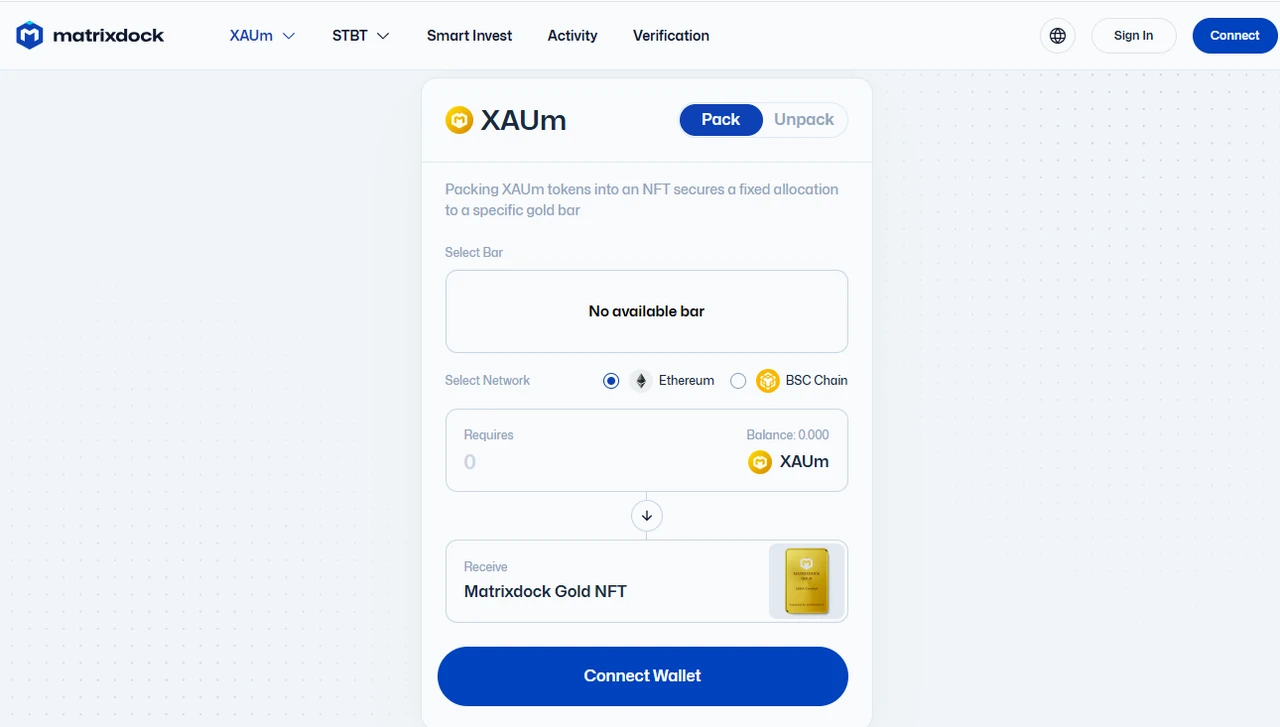
Other Projects
Backed Finance, Compound (COMP), OUSG, Midas, Dusk Network, Finteum, OpenEden
Private credit
RWA private credit uses commercial real estate mortgages, accounts receivable of small and medium-sized enterprises, and supply chain financial assets as underlying assets, focusing on covering the financing needs of emerging market companies (for example, Southeast Asian supply chain finance accounts for 35% of the Centrifuge protocol asset size). Its advantage lies in the automatic allocation of cash flow through smart contracts, solving the pain points of redundant intermediate links and inefficient cross-border settlement in the traditional credit market. Among them, the bad debt rate of the representative project Goldfinch protocol is maintained below 1.2%, demonstrating the innovative ability of blockchain technology in credit risk assessment.
Maple
🔗 https://maple.finance/
Maple is a decentralized credit platform that focuses on providing on-chain credit services to institutions and enterprises. Through its governance token MPL, Maple implements community governance and risk management, and its loan pool size has grown significantly in 2024.
In 2025, Maple launched a BTC yield strategy that offered an annualized rate of return of 5.1%, attracting the attention of traditional financial players.

Goldfinch
🔗 https://www.goldfinch.finance/
Goldfinch focuses on private credit in emerging markets, providing loans to borrowers with no credit history through blockchain. Investors can participate in the loan pool through GOLD tokens and obtain an annualized return of 8-15%.
In 2024, Goldfinchs active loan value reached US$446 million, and it plans to expand to the African and Southeast Asian markets in 2025 to further promote financial inclusion.
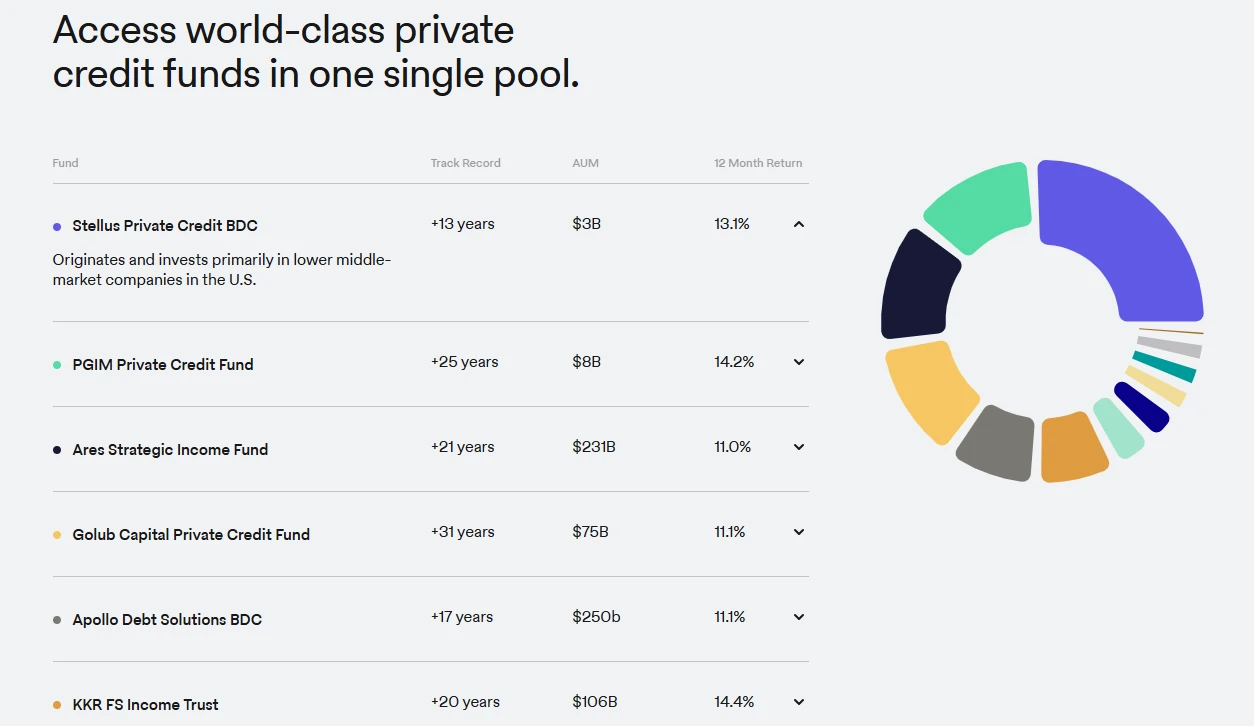
Centrifuge
🔗 https://centrifuge.io/
Centrifuge tokenizes real-world assets such as invoices and loans through its Tinlake protocol to provide low-cost financing for small and medium-sized enterprises. In 2024, the scale of Centrifuges tokenized asset pool exceeded US$500 million, and it cooperated with MakerDAO to introduce private credit to DeFi. In 2025, Centrifuge released version V3, which further optimized the efficiency and scalability of on-chain finance.
Other Projects
Defactor ($FACTR), TrueFi ($TRU), Clearpool ($CPOOL), Credix Finance, Intain, FortunaFi, Credefi Finance, KKR, Dinari, Creditcoin (CTC)
real estate
The underlying real estate RWA covers commercial real estate (accounting for 58%), residential properties (32%) and land development projects (10%), and is mainly active in the US REITs market, Dubai Free Trade Zone and Southeast Asian tourism real estate. Through a hierarchical token structure (such as RealTs house equity NFT), fragmented investment in single-property million-dollar assets is achieved, and with the automatic on-chain distribution mechanism of rental income, the core pain points of traditional real estate investment, such as poor liquidity (average exit cycle 6-8 months) and high management costs (average annual management fee of 3-5%), are solved. The Propy platform is the first to create a property rights on-chain registration system, completing more than 23,000 cross-border real estate transactions.
Propy
🔗 https://propy.com/
Propy uses blockchain technology to simplify real estate transactions, providing decentralized land registration and online home purchase services. In 2024, Propys transaction volume in the US and European markets increased by 50%, supporting investors to purchase split shares of properties. Propys platform ensures transaction transparency and security through smart contracts, and is expected to further expand to the Asian market in 2025.
RealT
🔗 https://propy.com/
RealT focuses on the tokenization of residential properties in the United States, allowing investors to purchase real estate tokens at a cost as low as $50. Token holders can receive rental dividends and property appreciation income. In 2024, RealTs real estate tokenized assets accounted for 60% of the total market value, and plans to expand to commercial real estate in 2025 to attract more institutional investors.
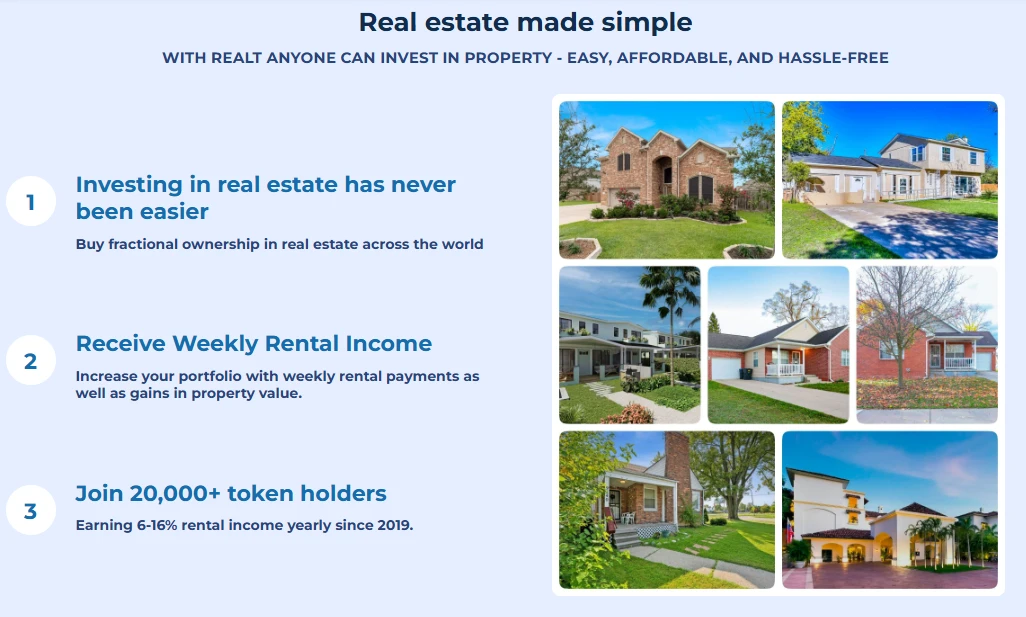
Other Projects
LABS Group ($LABS), Tangible ($TNGBL), Parcl, Realio Network ($RIO), PropChain, Homebase, LandX Finance, PlayEstates
Stablecoins
Stablecoins are on-chain mappings of fiat assets, with sovereign currencies such as the U.S. dollar and the euro as underlying reserves (USDC and USDT account for more than 96% of U.S. dollar reserves), and achieve value stability through a 1:1 anchoring mechanism. The current market size is $140 billion, covering cross-border payment scenarios in more than 200 countries/regions, with an average daily settlement volume of more than $10 billion. Its core advantage lies in the integration of the stability of traditional finance and the 7 x 24-hour global liquidity of blockchain. Circle, the issuer of USDC, holds the New York State BitLicense and the UK Electronic Money Institution License, and its reserve assets are subject to monthly third-party audits to ensure compliance and transparency.
Tether (USDT)
🔗 https://tether.to/
As the largest stablecoin by market capitalization, USDT is backed by US dollar reserves and short-term bonds and is widely used in crypto trading and DeFi protocols. In 2024, USDTs on-chain transaction volume accounted for more than 60% of the stablecoin market. Tether earns returns by investing in highly liquid assets (such as US Treasury bonds) while ensuring the 1:1 US dollar anchor of the token.

Circle (USDC)
🔗 https://www.circle.com/
USDC is known for its transparent reserve management and compliance, and its reserve assets include cash and short-term treasury bonds. Circle has partnered with Coinbase to provide seamless fiat-to-crypto conversions for institutional and retail users through USDC. In 2025, USDCs application in cross-border payments and DeFi lending is expected to grow further, consolidating its market position.
Other Projects
MakerDAO($MKR), Reserve Rights (RSR), OpenEden OpenDollar (USDO), Compounding OpenDollar (CUSDO)
Precious Metals
Precious Metals RWA uses physical gold (82%), silver (15%), and platinum group metals (3%) certified by the London Bullion Market Association (LBMA) as underlying assets, and realizes divisible investment of a minimum of 1 gram of gold (about $65) through on-chain certificates. Representative projects such as PAX Gold (PAXG) and Tether Gold (XAUT) store physical gold bars in top custodians such as Brinks, with an audit frequency of quarterly. This type of asset has an annualized volatility of less than 8% and a correlation with Bitcoin of only 0.2, making it an important safe-haven configuration for crypto portfolios. In 2023, on-chain gold trading volume surged 340% year-on-year.
Paxos
🔗 https://paxos.com/
Each PAXG (PAX Gold) token issued by Paxos corresponds to one ounce of London quality delivery gold bar, providing investors with a convenient gold investment channel. Paxos has also issued other stablecoins, such as USDP, and is committed to providing secure and compliant digital assets. Its market share has steadily increased in 2024.
Kinesis Gold
🔗 https://kinesis.money/gold/
Kinesis Gold (KAU) is a digital currency. Each KAU is backed by one gram of pure gold, stored in your name in fully insured and audited vaults. KAU allows you to spend, trade, send and earn physical gold anywhere in the world.
A true stablecoin, KAU allows cryptocurrency traders to easily exit volatile markets and enter the enduring value of physical gold while earning a monthly yield on precious metals through transaction fee revenue redistributed among users. Yield is earned by holding assets on the Kinesis platform and by spending KAU on the Kinesis virtual card. The card enables users to spend gold and cryptocurrencies with real-time, instant conversions at over 80 million locations worldwide.
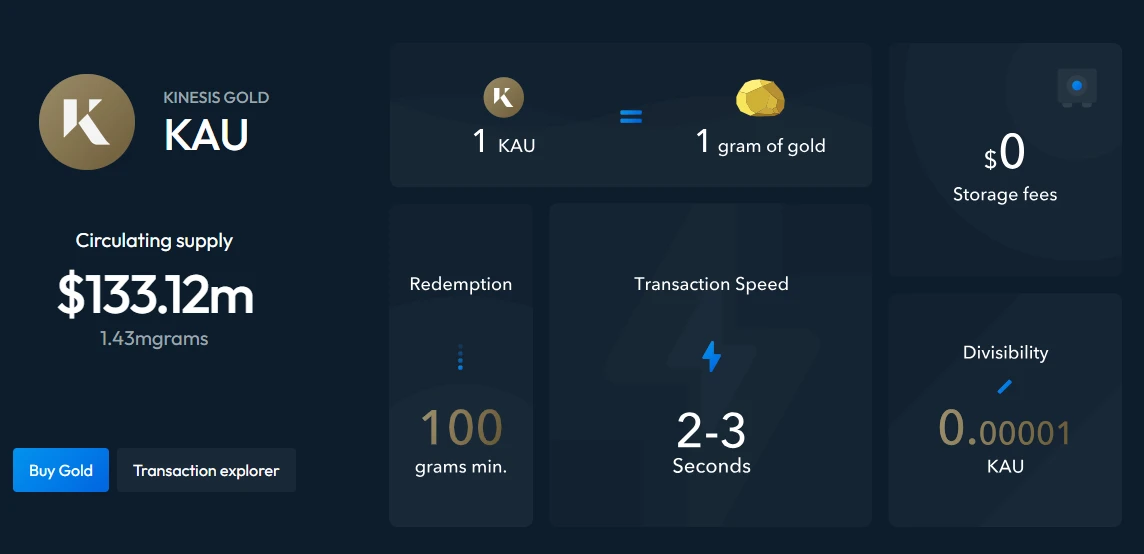
Uranium 308
🔗 https://u3o8.co/
Uranium 308 ( U3O8 ) is a tokenized precious metal project.
According to a September 2021 report from Canaccord Genuity, total global uranium supply is about 150 million pounds, which is equivalent to about $6.7 billion per year at the current price of $45 per pound. Uranium supply is expected to increase to about 250 million pounds by 2035, but demand will still exceed supply.

Other Projects
LODE, Project 79, Ethena, Cache Gold, Meld Gold, Aurus, Tether Gold (XAUT), Quorium (QGOLD)
Carbon assets/Renewable Finance (ReFi)
RWA carbon assets refer to carbon emission rights such as carbon credits and carbon quotas recorded in the form of digital tokens through blockchain technology on the RWA (Real World Assets) platform to achieve digitization and segmentation of assets, thereby increasing their liquidity and transaction efficiency.
On-chain regenerative finance projects are a relatively new field even in traditional finance, and aim to solve real-world social and environmental problems by leveraging blockchain.
Toucan Protocol
🔗 https://toucan.earth/
Toucan tokenizes carbon credits and creates an on-chain carbon market, allowing companies and individuals to purchase carbon offset tokens. In 2024, Toucans carbon token trading volume exceeded 100 million tons of CO2 equivalent. In 2025, Toucan will continue to play an important role in the construction of carbon market infrastructure and promote transparency and efficiency in the field of carbon removal.
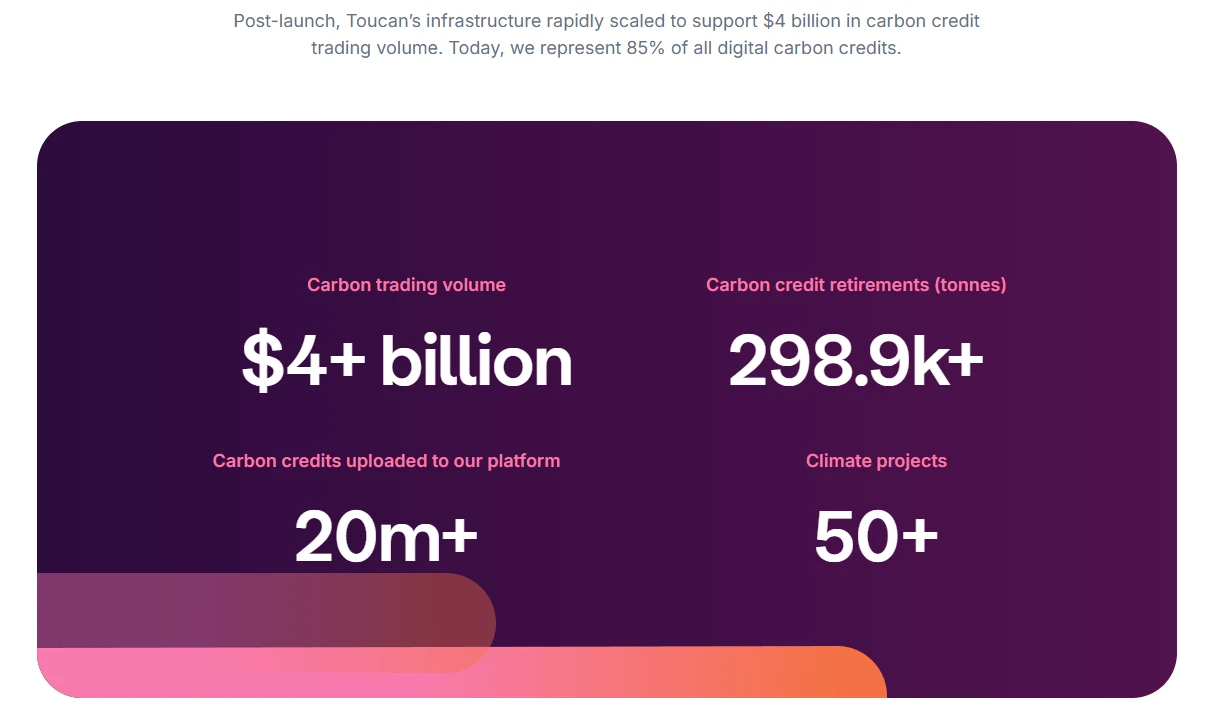
Flowcarbon
🔗 https://www.flowcarbon.com/
Flowcarbon focuses on on-chain trading and management of carbon credits, working with traditional energy companies to promote the development of the carbon market. Flowcarbons platform provides investors with transparent and efficient carbon credit investment opportunities, and is expected to further expand its market influence in 2025.
KlimaDAO
🔗 https://www.klimadao.finance/
KlimaDAO promotes climate finance through tokenized carbon credits, and KLIMA token holders can participate in the governance of the carbon market. In 2025, KlimaDAO will work with traditional energy companies to expand the application of carbon credit tokenization and become a leading project in the ReFi field.
Other Projects
Regen Network ($REGEN), Agro Global Token
Art and collectibles
The underlying layer of the Artwork RWA covers museum-level collections (such as Picasso paintings), luxury goods (Patek Philippe watches) and cultural IP (NBA star cards), and is currently dominated by the European and American auction markets (Sothebys NFT auction volume in 2023 reached US$120 million). The liquidity dilemma of the $1 billion art market is solved by splitting ownership tokens, and the non-tamperable characteristics of NFTs are used to establish digital twin certificates, which shortens the traceability time of Christies auction items from an average of 14 days to instant verification on the chain. However, it should be noted that the valuation of non-standard assets relies on the compliance costs brought by third-party certification agencies (such as ARTFRAMEs AI identification system).
Courtyard.io
🔗 https://courtyard.io/
Courtyard.io is an art tokenization platform that allows investors to hold partial ownership of art by purchasing NFTs. The platform supports secondary market transactions of art, enhances the liquidity of art, and its transaction volume has increased significantly in 2024.
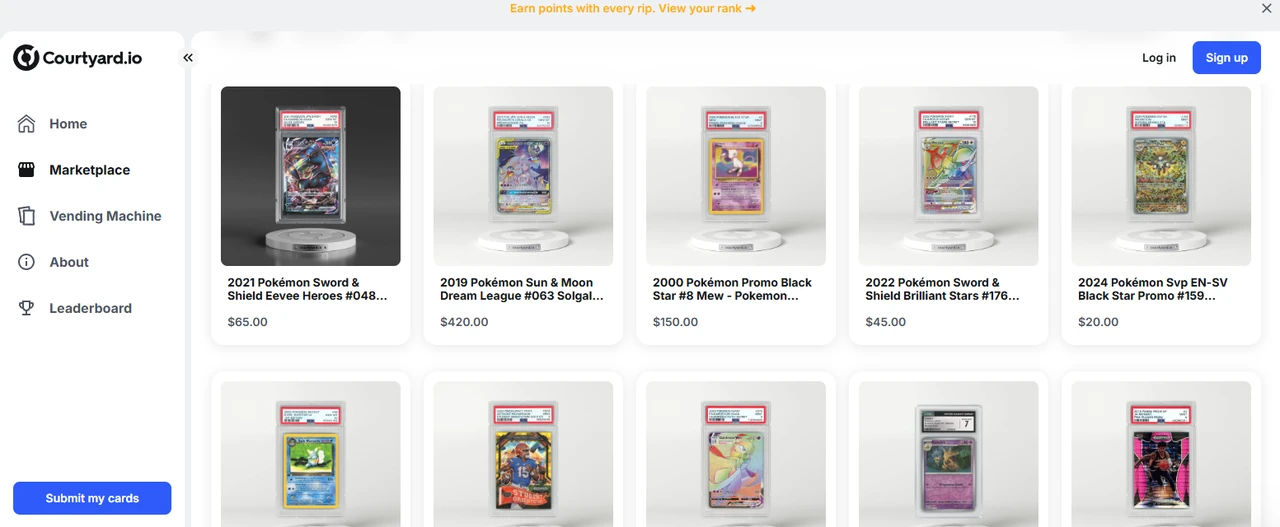
Freeport
🔗 https://www.freeport.art/
Freeport is a storage and management platform focused on high-value artworks and collectibles. It provides secure and transparent ownership records through blockchain technology, allowing users to invest in fragmented artworks with tokens on Ethereum.
Freeport’s platform provides convenient on-chain transaction services for art owners and is expected to attract more high-end collectors in 2025.
Other Projects
Curio ($CUR), Galileo Protocol, Lingo, Golteum, ClubRare, Artrade (ATR), Keeta
RWA Infrastructure
The RWA infrastructure layer has compliance frameworks (security token standards), cross-chain protocols (such as Circle CCTP), and legal entity architectures (SPV special purpose vehicles) as core components. Securitizes DS protocol has completed the compliant issuance of more than 400 RWA assets. The technology stack in this field is showing a modular trend. Chainlinks reserve proof price feed service is adopted by 85% of RWA projects. It is estimated that the infrastructure market size will reach US$4.7 billion by 2025 (Traceni report data), and its development will directly determine the construction of compliant channels for trillion-dollar traditional assets to be put on the chain.
Plume
🔗 https://plume.org/
Plume is an EVM-compatible public chain built for the next generation of real-world assets (RWA). We not only tokenize assets, but also strive to create a way to use assets as seamlessly as cryptocurrencies: pledge, exchange, lend, borrow, recycle, etc.
Plume is building a permissionless, transparent, and demand-driven financial system where anyone can access high-quality assets, trade freely, and innovate with new financial tools.
Noble
🔗 https://www.noble.xyz/
Noble is a Cosmos application-specific blockchain built for native asset issuance. Noble brings the efficiency and interoperability of native assets to the broader Cosmos ecosystem, starting with USDC.

Converge
🔗 https://www.convergeonchain.xyz/
Converge is moving towards the most ambitious goal in the cryptocurrency space today: bringing billions of dollars of institutional capital on-chain and achieving the integration of risk-weighted assets (RWA) and DeFi.
Converge builds various financial applications based on Ethena and Securitize. The total TVL/AUM of Ethena and Securitize is close to $10 billion, which makes Converge likely to become one of the largest blockchain networks currently.
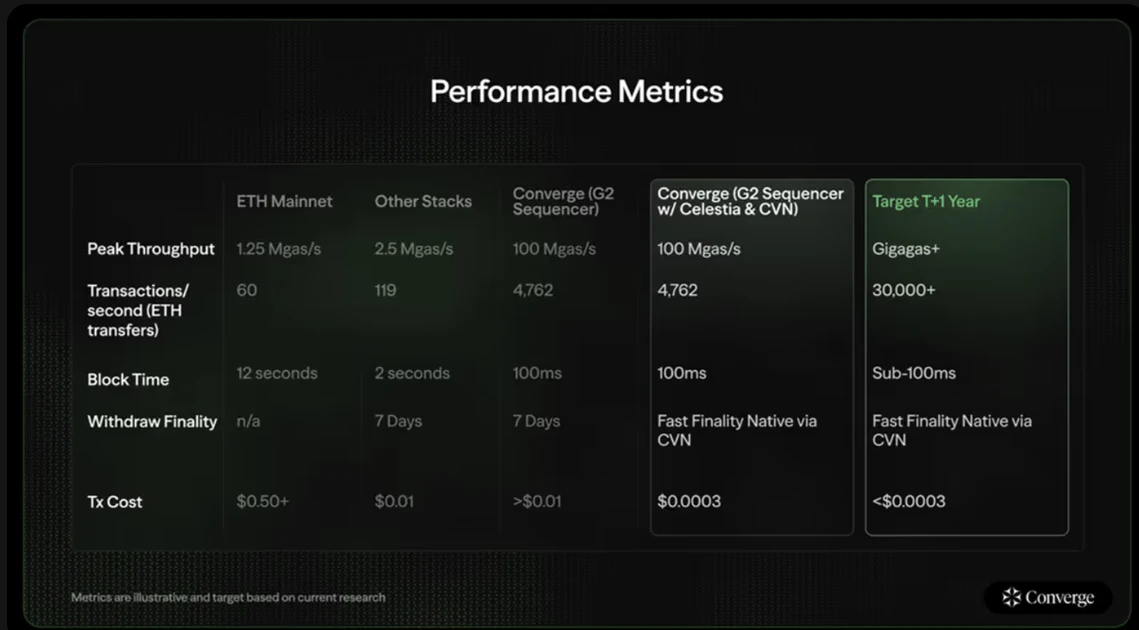
Securitize
🔗 https://securitize.io/
Securitize is a leader in tokenizing real-world assets, with over $1 billion in on-chain assets issued and working with top issuers: BackRock, KKR, Hamilton Lane, etc.
Other Projects
ELYSIA ($ELFI), Tokeny Solutions, StrikeX ($STRX), INX ($INX), Polytrade, Sologenic, Polymesh Network, MANTRAO ($OM), Provenance ($HASH), SpruceID, Quadrata, Swarm Markets ($SMT)
RWA tokenization trends worth watching in 2025
Deepening of institutional involvement
The deep involvement of traditional financial institutions is the core driving force for the development of the RWA ecosystem. In 2024, giants such as BlackRock, JPMorgan Chase and Goldman Sachs will reshape the financial market through tokenization projects. For example, BlackRocks BUIDL fund manages nearly $2 billion in assets on Ethereum, becoming a benchmark for institutional-level tokenization. JPMorgan Chases Kinexys platform has processed more than $1.5 trillion in transactions, with an average daily trading volume of more than $2 billion. Franklin Templetons OnChain US Government Money Fund manages fund shares through blockchain, demonstrating the potential of tokenized funds. In 2025, as more traditional financial institutions enter the RWA field, the market size and credibility are expected to increase significantly.
Improvement of regulatory framework
The improvement of the regulatory environment provides key support for the maturity of the RWA ecosystem. The EUs Market Regulation on Crypto-Assets (MiCA) is expected to take full effect in the second quarter of 2025, providing a unified compliance framework for RWA tokenization and reducing legal risks. The UKs Electronic Trade Documents Act was passed in 2023, legalizing electronic trade documents and paving the way for their tokenization. In addition, Singapore, Hong Kong and other regions are formulating RWA-related regulations, and it is expected that the regulatory path will be further clarified in 2025. These regulatory measures will enhance investor confidence and attract more institutional and retail investors to enter the RWA market.
Market size expansion
According to the Ozean report, the RWA tokenization market (excluding stablecoins) is expected to reach $5 billion in 2025, an increase of about 230% from $1.52 billion in 2024 (Coingeek). In the long term, forecasts compiled by Tren Finance show that the market size in 2030 may be between $4 trillion and $30 trillion, with a median of about $10 trillion, an increase of more than 54 times from the current market size of $18.5 billion (including stablecoins).
Diversification of asset classes
RWA tokenization is expanding from traditional financial assets to emerging areas, and is expected to cover more asset classes in 2025. Real estate tokenization lowers the investment threshold by splitting ownership, accounting for 60% of the total market value in 2024, and is expected to continue to dominate in 2025. Private credit tokenization provides financing for small and medium-sized enterprises through blockchain. The active loan value of Centrifuge and Goldfinch reached US$446 million in 2024, and is expected to grow further in 2025. Carbon credit tokenization has become a highlight in the ReFi field. The transaction volume of Toucan Protocol and KlimaDAO exceeded 100 million tons of CO2 equivalent in 2024, and the market size is expected to double in 2025. In addition, the tokenization of artworks, collectibles, supply chain finance and intellectual property rights is also showing a growth trend, injecting new vitality into the RWA ecosystem.
Conclusion
The above describes the development blueprint of real world assets (RWA) in 2025. Through in-depth analysis of the definition, development, market review in 2024, trends worth paying attention to in 2025, and representative projects in key areas of the ecosystem, we can clearly see the diversity and potential of the RWA ecosystem.
In 2024, the total assets of the RWA market (excluding stablecoins) reached approximately US$1.52 billion, an increase of 85% over the previous year, covering a wide range of asset classes from real estate to bonds, from funds to artworks. This growth not only reflects the markets demand for liquidity and transparency, but also marks the increasing attention paid by institutional investors to RWA. Looking ahead to 2025, the RWA ecosystem will continue to expand, and the deep participation of traditional financial institutions, the improvement of the regulatory framework, and the diversification of asset classes will jointly promote the prosperity of this ecosystem.
The rise of RWA not only reconstructs the value flow model of traditional assets, but also provides investors with unprecedented opportunities. Through blockchain technology, RWA realizes the split ownership of assets, improves liquidity, and lowers the investment threshold. However, for investors, technology developers and policymakers, the future is both a challenge and an opportunity.
References
BlackRock Launches Its First Tokenized Fund, BUIDL, on the Ethereum Network
https://www.binance.com/zh-CN/square/post/17324425199913
https://foresightnews.pro/article/detail/30855
https://www.chaincatcher.com/article/2096718
https://web3 caff.com/archives/58122
https://www.techflowpost.com/article/detail_11880.html
https://www.hellobtc.com/kp/du/07/4360.html
Special statement: All articles of DePINone Labs are for information and knowledge purposes only and do not constitute any investment advice.
End

